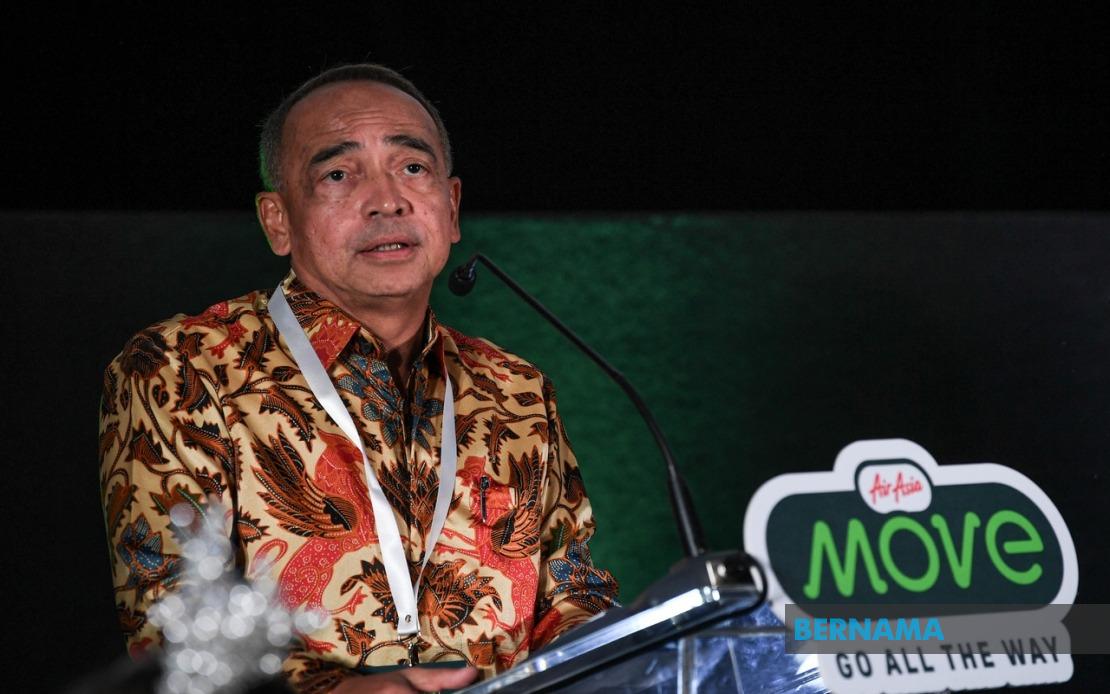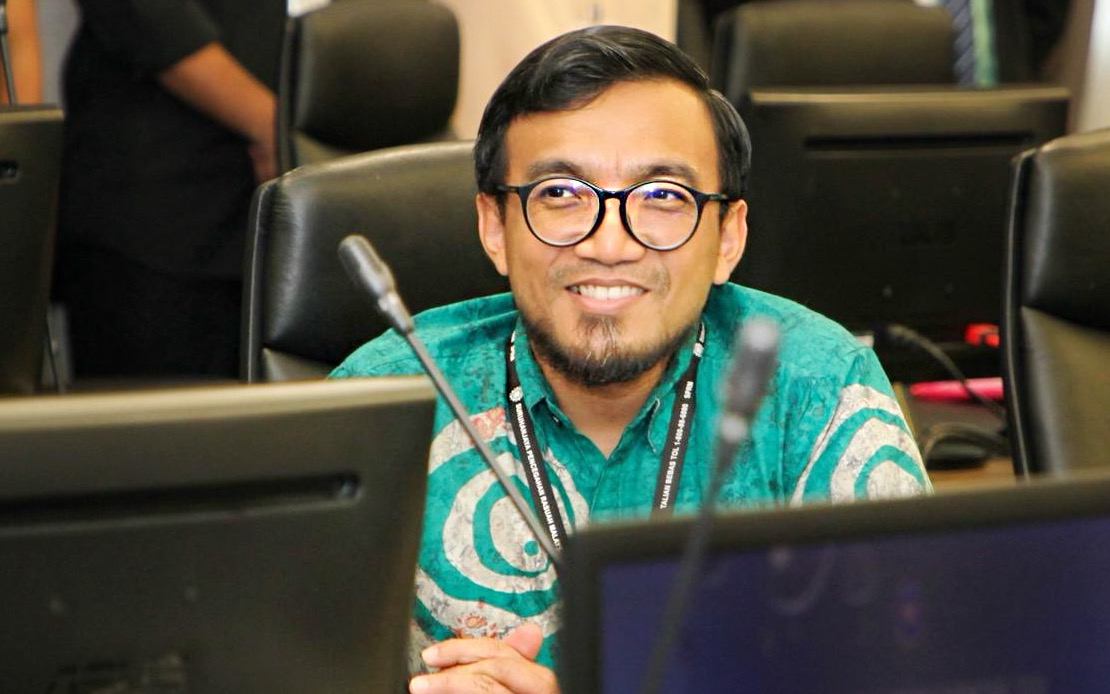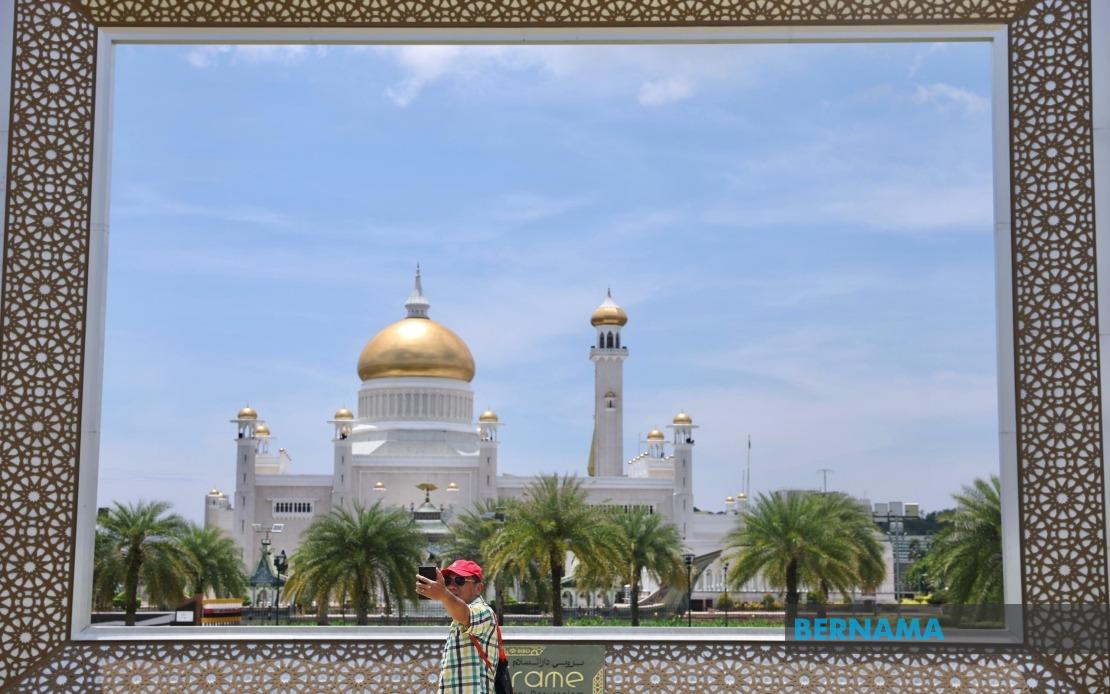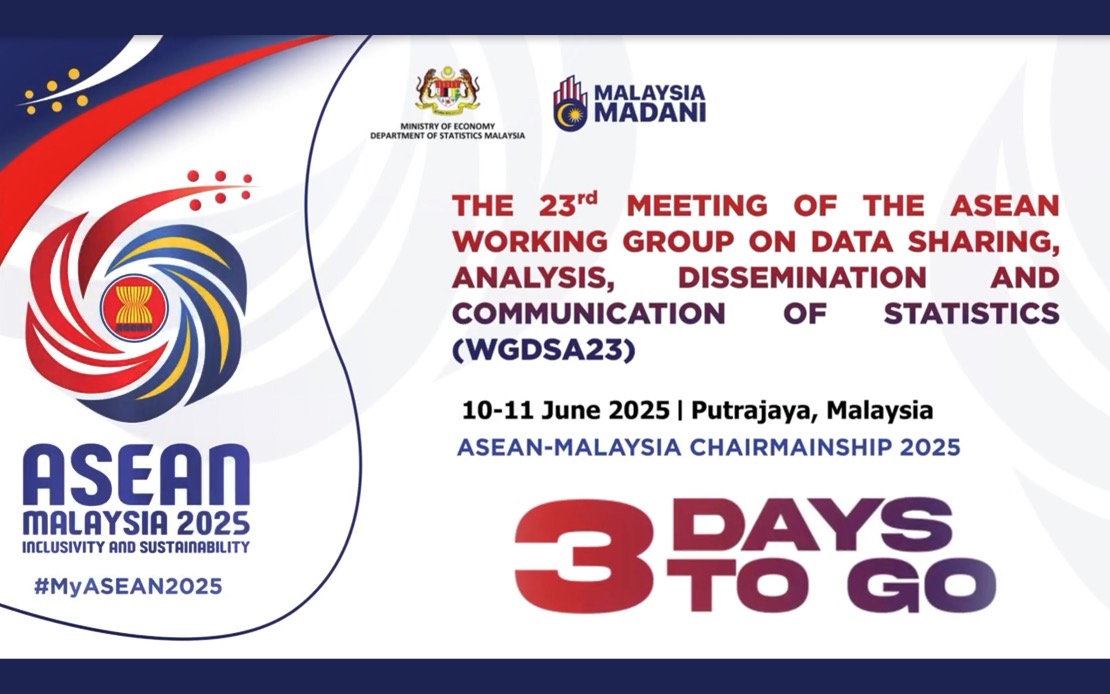SUB-REGIONAL INITIATIVES SUCH AS IMT-GT, BIMP-EAGA HAVE BORNE FRUIT WHILE COMPLEMENTING ASEAN ECONOMIC COMMUNITY AMBITIONS

By Nur Athirah Mohd Shaharuddin and Engku Shariful Azni Engku Ab Latif
KUALA LUMPUR, June 8 (Bernama) -- Sub-regional initiatives such as the Indonesia-Malaysia-Thailand Growth Triangle (IMT-GT) and the Brunei Darussalam-Indonesia-Malaysia-Philippines East ASEAN Growth Area (BIMP-EAGA) have not only borne fruit significantly but proven to be vital complements to the ASEAN Economic Community (AEC) in boosting trade, investment and regional connectivity.
UOB Kay Hian Wealth Advisors Sdn Bhd head of investment research Mohd Sedek Jantan said while the AEC sets a broad macroeconomic framework, prioritising sub-regional areas have also addressed developmental disparities by targeting marginalised and less-developed areas while operationalising ASEAN’s inclusive growth agenda.
“The IMT-GT hugs the Strait of Malacca, one of the world’s busiest trade routes, while the BIMP-EAGA sits along the Sulu and Sulawesi Seas, a gateway for maritime connectivity, making them natural nodes for boosting trade, investment and connectivity across ASEAN and beyond.
“Their strength lies in their focus on what economists call ‘spatial economics’ — targeting lagging regions with tailored interventions,” he told Bernama.
These sub-regions were not just random patches of land, but are strategically positioned along critical maritime corridors, he added.
Elaborating, Mohd Sedek said IMT-GT leans into agro-processing and tourism, capitalising on the complementarities between southern Thailand, northern Peninsular Malaysia and Sumatra, while BIMP-EAGA plays to its strengths in fisheries, renewable energy and ecotourism.
“This is not a one-size-fits-all approach; it is about leveraging local advantages to plug into regional and global value chains,” he said.
Both sub-regional initiatives will develop special economic zones (SEZs), which act as economic rocket fuels by attracting foreign investments, sparking industrial growth and creating jobs through incentives and streamlined regulations.
In the IMT-GT, zones such as Medan and Bukit Kayu Hitam in Malaysia, or Sei Mangkei in Indonesia, are already humming with activity while BIMP-EAGA boasts over 60 SEZs from Bitung in Indonesia to Zamboanga in the Philippines.
“These zones are not just factories — they are engines of structural transformation, fostering ‘agglomeration economies’ — clusters where businesses, workers, and infrastructure feed off each other to drive growth.
“By linking these SEZs to cross-border trade and investment, IMT-GT and BIMP-EAGA are building bridges to ASEAN’s broader economic cohesion,” he said.
Winning sectors in IMT-GT and BIMP-EAGA regions
Mohd Sedek said ASEAN could leverage IMT-GT and BIMP-EAGA in sectors such as tourism, agrobusiness, renewable energy and manufacturing.
Tourism remains a high-impact sector with strong growth in eco and halal tourism. For example, IMT-GT is promoting cross-border tourism under its Vision 2036.
BIMP-EAGA focuses on community-based ecotourism and multi-country tourism circuits aligned with ASEAN standards, with strategic sites such as the Heart of Borneo and the Sulu-Sulawesi Marine Ecoregion, further enhancing the value of regional tourism offerings.
Mohd Sedek said both sub-regions aim to build integrated value chains in the agrobusiness sector, with IMT-GT leading in agro-processing like palm oil and rubber, while BIMP-EAGA serves as ASEAN’s food basket (shrimp, rice and seaweed), adding that halal food industries also benefit from this regional complementarity.
He highlighted the potential of geothermal energy in Kalimantan as well as ocean energy and biodiesel, saying that the clean energy transition is important due to rising energy costs, which could benefit other ASEAN countries.
The same applies to the manufacturing sector, where export-oriented industries in SEZs such as Medan, Sei Mangkei and Lhokseumawe are driving structural transformation and deeper integration into regional value chains.
IMT-GT and BIMP-EAGA advancing ASEAN
Mohd Sedek said both sub-regions have become critical platforms for advancing ASEAN’s inclusive development agenda by targeting economically lagging and geographically marginalised regions.
He said their interventions have helped narrow intra-national development gaps and improve spatial equity as well as challenges not fully addressed by the AEC.
“For instance, IMT-GT’s economic corridors such as the Penang-Medan corridor has facilitated US$4.2 billion (RM17.8 billion) in trade in 2024, while the Malaysia-Thailand cross-border infrastructure projects have significantly enhanced connectivity.
“Similarly, BIMP-EAGA’s Vision 2025 has catalysed US$2.8 billion (RM11.87 billion) in infrastructure investments, including major upgrades to the Davao and Bitung ports, reinforcing regional resilience and supporting ASEAN’s broader connectivity goals under the Master Plan on ASEAN Connectivity 2025,” he said.
Beyond infrastructure, Mohd Sedek said both sub-regional initiatives have boosted local economies by developing SEZs and strengthening regional value chains.
He cited Thailand’s Southern Economic Corridor — supported under IMT-GT — which generated over 15,000 jobs in 2023, with projects that not only attract foreign investment and integrate entrepreneurs into regional supply chains but also promote sectoral complementarity in agriculture, energy and tourism.
Their bottom-up, project-driven approach complements ASEAN’s top-down mechanisms, acting as decentralised building blocks of integration.
“By reinforcing trade linkages, fostering human capital development and enhancing cross-border governance, IMT-GT and BIMP-EAGA help ASEAN hedge against global supply chain risks and advance a more resilient, balanced and people-centric regional growth trajectory,” he added.
-- BERNAMA




